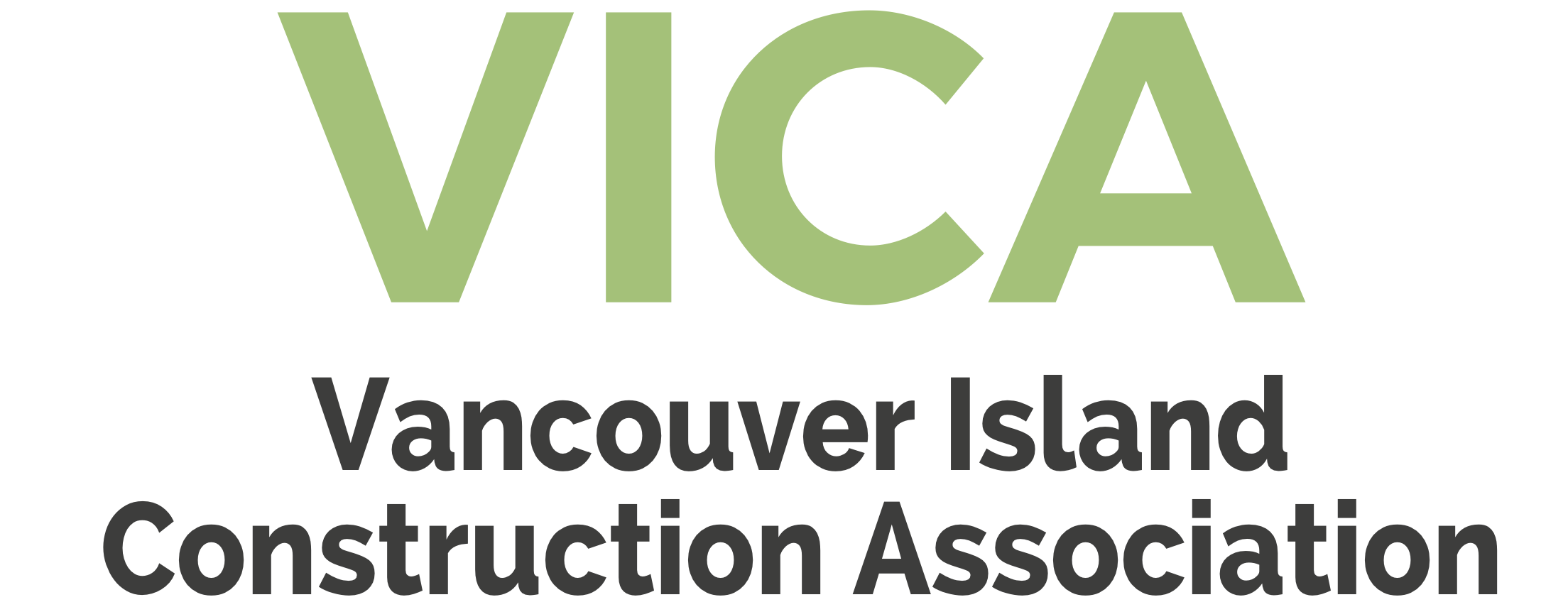Construction File:
Standard Documents Provide Good Value
Recognizing and managing the inherent a difficult task. The construction process is a complicated one. If there are problems with the process, the greatest losses to all parties are usually caused by delays. Delays, in turn, are generally the result of a lack of understanding, communication, and coordination. At the root of these potential difficulties lies the contract— that all-important document that governs the risk and sets out the rules for the project. Clearly, it is critical that such a document be both equitable and unequivocal.
A good set of construction documents will properly allocate risk. Sharing of risk results in the best opportunity to complete a construction project properly, on time, and on budget — with the parties left standing at the end of the day. It is quite clearly in the best interests of the owner, the consultant, the prime contractor and the trade contractors to accomplish such an end.
Using a standard document that is approved by stakeholders on a national level, and that is easily recognizable and understood by all parties makes sense. Such documents are developed by the Canadian Construction Documents Committee (CCDC) and the Canadian Construction Association (CCA), and are available via NBCCA, SICA, VICA & VRCA.
Remember:
Standard documents provide:
- A fair allocation of risk
- Clarity of obligations
- Responsibilities acceptable to all parties
The use of standard documents result in:
- Fewer disputes
- Fewer delays
- Reduction of the red tape that goes with drafting and implementing new contracts with every project
The use of industry accepted standard documents on your construction project will attract the best contractors, the best trades, and the best results. Quality construction must begin with quality documents.
A list of industry standard documents can be reviewed here.
The Construction File is a publication of the BC Construction Association.
For additional information contact the BCCA.








